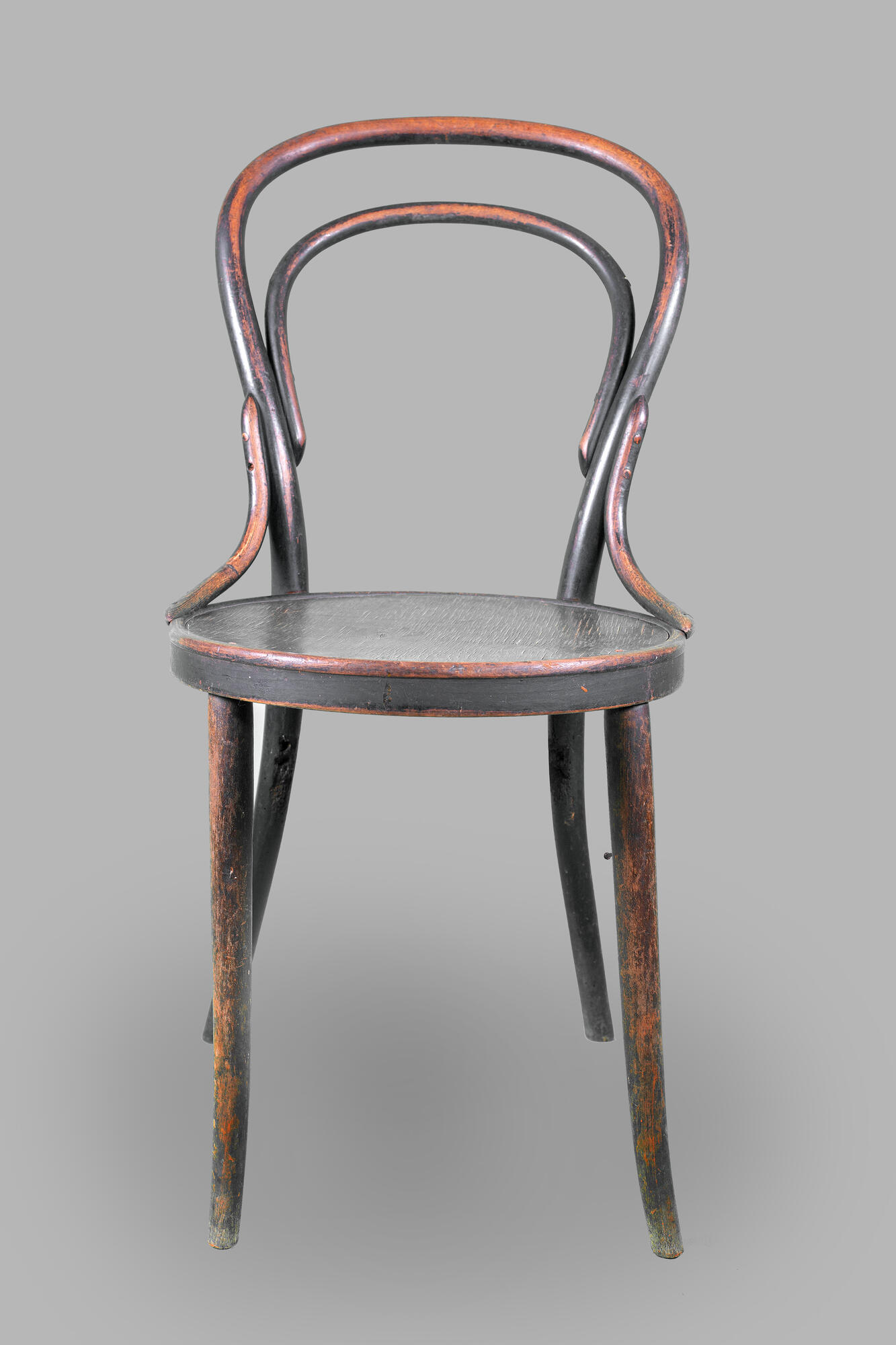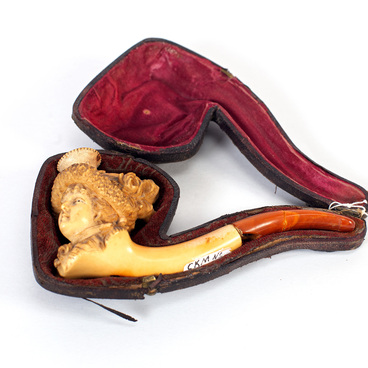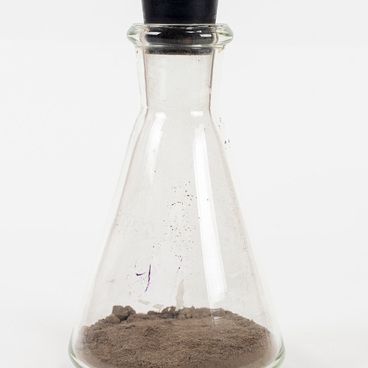Bentwood furniture is made from steam-bent wood. This technology was invented in Ancient Egypt, and later appeared in England, America and in the north of Russia. It was used to bend wheel rims, barrels, boat sides, window frames and stair railings. Wooden chairs with a semi-circular back became popular in Europe in the mid-19th century thanks to the German furniture maker Michael Thonet.
Thonet grew up in the forest-rich Rhine River valley and learned early how to work with wood. After his mother’s death, he remained his father’s sole support, and when he married, there were 14 children in his family. Michael Thonet experimented extensively in his carpentry workshop and obtained a patent in Vienna for “bending wood of any kind by a chemical and mechanical method”. Thonet used sheets of plywood for bending, which he cut into strips along the fibers. To streamline production, he invented a method which made it possible to bend whole bundles of strips.
In 1850, the first batch of 400 identical chairs called No.1 came out. The most famous type of bentwood chairs — No. 14 — appeared nine years later. It was assembled from six pieces and fastened together with metal screws. Because of its curved forms, the No.14 bentwood chair was easy to assemble, had fewer joints, and quickly became popular around the world. These chairs were purchased for wealthy homes, restaurants, parlors, museums, and palaces.
Michael Thonet and his five sons founded the furniture trading company “Thonet Brothers”, later simply “Thonet”, which won top awards at international exhibitions. By the end of the 19th century, 60 factories around the world were producing bentwood chairs, and by 1930 more than 50 million pieces had been sold. Michael Thonet created chairs and furnishings for the Liechtenstein Palace and was an official supplier to His Imperial Majesty’s Court in Russia. The firm produced both simple bookcases and sumptuous rosewood chairs with brass trim.
Thonet bentwood furniture stands out for being strong and lightweight. The manufacturing principles have remained unchanged for almost 200 years. Thonet still exists today and offers a wide range of wooden, metal and upholstered furniture.
Thonet grew up in the forest-rich Rhine River valley and learned early how to work with wood. After his mother’s death, he remained his father’s sole support, and when he married, there were 14 children in his family. Michael Thonet experimented extensively in his carpentry workshop and obtained a patent in Vienna for “bending wood of any kind by a chemical and mechanical method”. Thonet used sheets of plywood for bending, which he cut into strips along the fibers. To streamline production, he invented a method which made it possible to bend whole bundles of strips.
In 1850, the first batch of 400 identical chairs called No.1 came out. The most famous type of bentwood chairs — No. 14 — appeared nine years later. It was assembled from six pieces and fastened together with metal screws. Because of its curved forms, the No.14 bentwood chair was easy to assemble, had fewer joints, and quickly became popular around the world. These chairs were purchased for wealthy homes, restaurants, parlors, museums, and palaces.
Michael Thonet and his five sons founded the furniture trading company “Thonet Brothers”, later simply “Thonet”, which won top awards at international exhibitions. By the end of the 19th century, 60 factories around the world were producing bentwood chairs, and by 1930 more than 50 million pieces had been sold. Michael Thonet created chairs and furnishings for the Liechtenstein Palace and was an official supplier to His Imperial Majesty’s Court in Russia. The firm produced both simple bookcases and sumptuous rosewood chairs with brass trim.
Thonet bentwood furniture stands out for being strong and lightweight. The manufacturing principles have remained unchanged for almost 200 years. Thonet still exists today and offers a wide range of wooden, metal and upholstered furniture.







